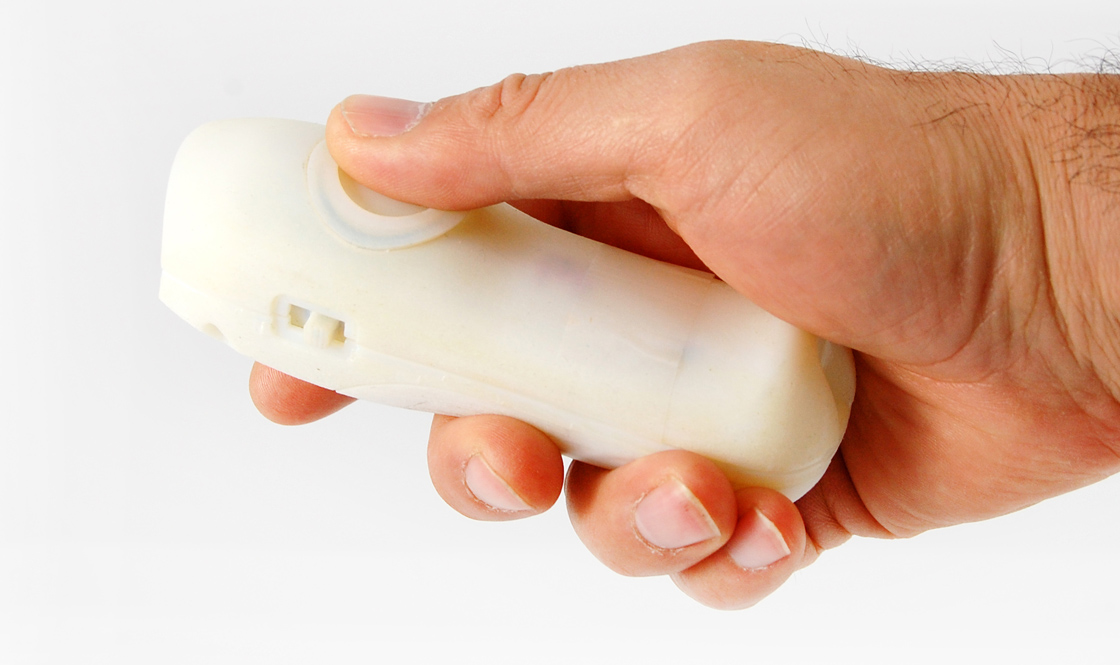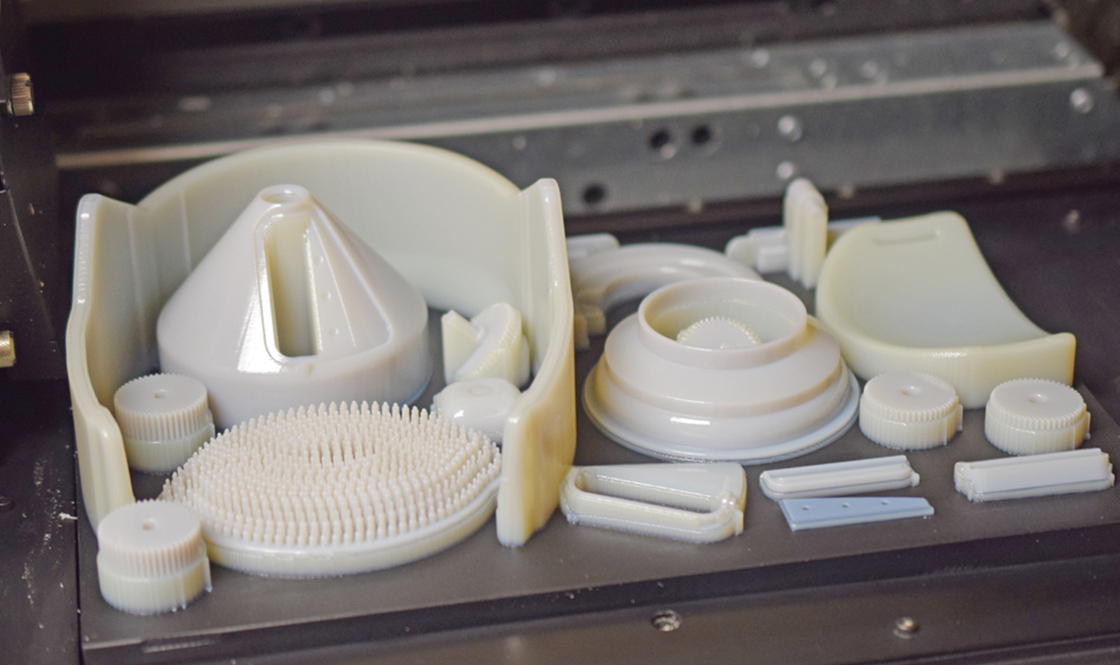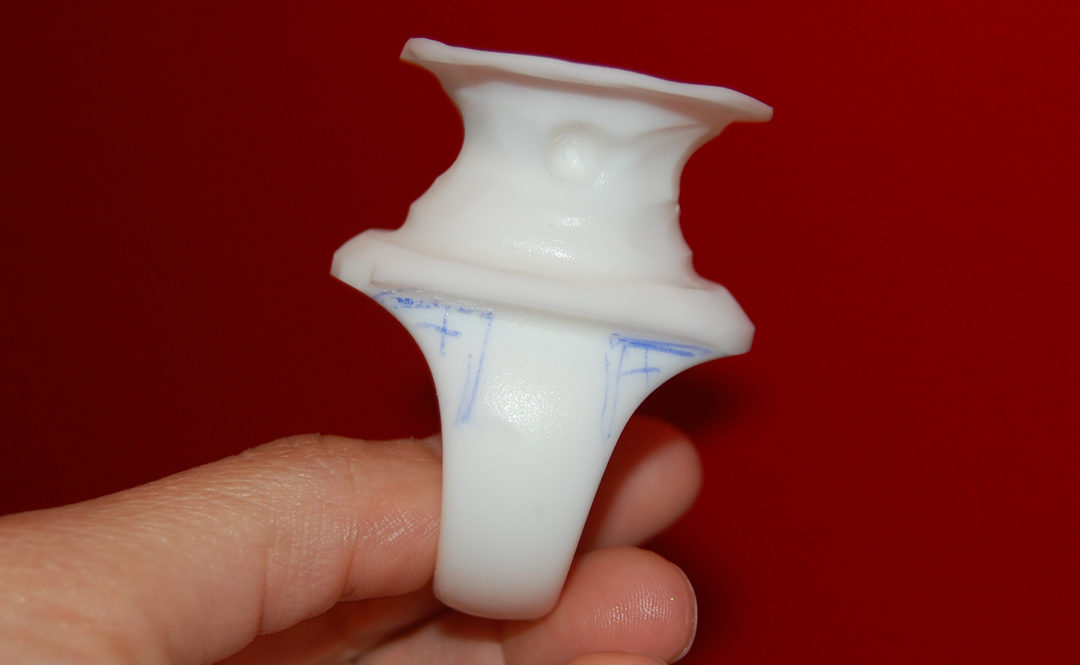What Is The Purpose Of A Prototype?
Some ask this question during their design development process: “What is the purpose of a prototype?”
It’s simple.
Typically you are trying to solve a problem when developing a new idea. If you don’t build a prototype and test it how do you know it will resolve the issue you are trying to fix?
Building a prototype gives you the opportunity to try, hold, interact with, and get feedback. These are just a few basic but important reasons why building a prototype is imperative to the success of your product outcome.
Building a prototype allows you to measure data about your product you otherwise wouldn’t of been able to get. It allows you to correct any issues, see what works what doesn’t, to give the flexibility to make any major changes before final production. In some cases you may even have to go back to the drawing board after your prototype is built.

Main Reasons Why A Prototype Is Needed
- Accuracy: Prototyping helps eliminate ambiguities. If there is any doubt, this is the time to get that resolved.
- Ergonomics: With a prototype you get to see if it fits well in your hands, on your body or in a space. Not only on your body, but in many different body types. Prototyping helps define the correct ergonomics that your idea may need.
- Aesthetics: A prototype can help you define the colors, textures and the materials needed.
- Survey: A prototype is ideal to collect data. With it you can survey people to get feedback.
- Pitch: If you plan on showcasing your idea to potential investors or a company a prototype is a great way to introduce your idea.
- Testing: A prototype helps you test your idea, if it really works or if it needs mechanical tweaks. This is probably the most important validation of your idea. If it works here you can improve its accuracy.

It is also important to understand the type of prototype you may need to build. How strong does it have to be? How well finished? How much function does it require within? What material does it have to be made of? These answers really depends on your design idea and we will have all your answers our blog “Does a prototype have to be perfect?”
If you have any questions regarding a prototype you are building or you need help building a prototype give us a call we can help.

Recent Comments